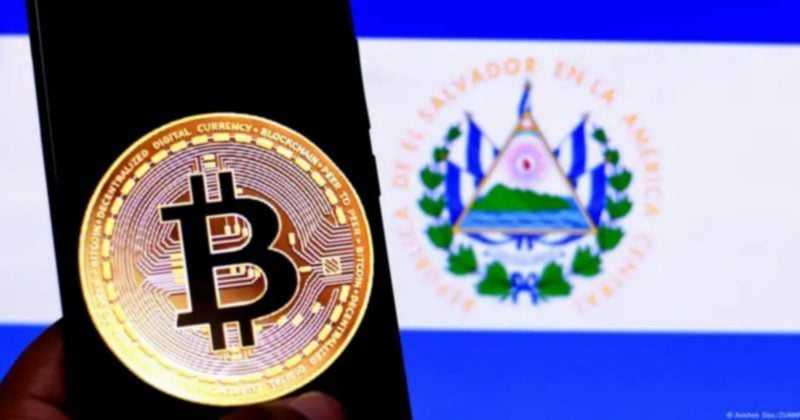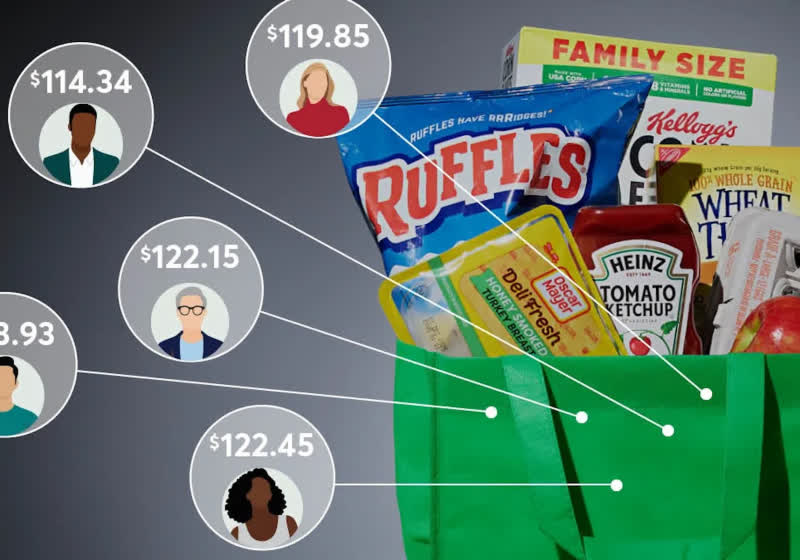Crypto market analysts are optimistic as July winds to a close, and Bitcoin reserves on crypto exchanges are down 2% on the month.
This is a bullish signal. A decrease in exchange reserves indicates people are taking their Bitcoin (BTC) off exchanges and holding it, anticipating the price to go higher. While 2% on the month sounds like small potatoes, it continues the overall decrease in exchange reserves since January.
In the US, the House of Representatives passed three crypto laws in July. One of them — the GENIUS Act regulating stablecoins — was signed into law by President Donald Trump. With set rules for stablecoins, and a regulatory framework in the form of the CLARITY Act making its way through the Senate, observers predict substantial growth in the stablecoin sector.
The value of tokenized real-world assets (RWAs) continues to grow, with total RWA value onchain growing by 2.6%. Firms are embracing tokenized stocks, but further adoption could come with legal trouble.
Here’s July by the numbers.
Stablecoin market adds $4 billion in market cap as GENIUS Act becomes law
On July 18, Trump signed the GENIUS Act into law, which set out a series of regulations for the stablecoin industry.
It didn’t include provisions for stablecoin issuers to offer their customers interest — a major sticking point from industry bigwigs like Coinbase CEO Brian Armstrong — but the law was hailed as a major step forward for the crypto industry.
In July, nearly $4 billion was added to the stablecoin supply, bringing the overall market cap of stablecoins above $250 billion.
Stablecoins have also become more active. The number of monthly active addresses was up over 20% in July to over 38 million. This reflects growing adoption of stablecoins, the total transaction value of which reached over $7 trillion in the first quarter of 2025.
[pic]
Sygnum chief investment officer Fabian Dori previously told Cointelegraph that the GENIUS Act “gives confidence to organizations and issuers to develop original, innovative ‘killer apps’ that don’t just serve their customers’ current needs but create demand for entirely new services, including payments.”
Bitcoin exchange reserves continue downward trend
The amount of Bitcoin sitting on exchanges is going down. In July, Bitcoin exchange reserves decreased 2%, continuing a trend that has persisted since the beginning of 2025.
When looking at the trend since January, the number of Bitcoin reserves on exchanges is down 14%.
July also marked the first time since 2018 that less than 15% of the overall Bitcoin supply was on exchanges. This lack of supply on exchanges and over-the-counter (OTC) desks has led some analysts to believe that there will be a Bitcoin “supply shock” in the near future, as buyer demand meets with decreased supply.
Bitcoin analysis account Crypto Chief noted the significant variance in Bitcoin’s price, which recently hit all-time highs, and the low supply of BTC on OTC desks and exchanges: “The Bitcoin balance available OTC is in freefall. We have never seen such a divergence between balance and price! You are witnessing a supply problem play out.”
Diminishing supply on exchanges means that people are switching to long-term holding. This could mean that investors are expecting a price rally or further volatility in the market, according to Ben Zhou, CEO of exchange Bybit.
Related: Bitcoin in limbo: Watch these BTC price levels ahead of FOMC
He said at a press conference in July, “In the past few months, the centralized exchange holding of Bitcoin reserves has been on a downtrend. That typically means people are not trading the market as much and they think the price is fluctuating. So, it actually means that there’s not so much confidence.”
Tokenized RWAs pass $25 billion
The total value of tokenized RWAs surpassed $25 billion, growing by about 2.5% in July.
A report from Binance stated, “As regulatory frameworks become clearer, the sector is poised for continued growth and increased participation from major industry players.”
Indeed, the total value of the RWA market has grown by 260% this year alone, driven primarily by tokenized private credit and US Treasury debt.
In July, the value of tokenized stocks grew 15% to over $400 million.
Trading app Robinhood announced at the beginning of the month that it will be offering RWA trading. At publishing time, tokenized stock addresses were up nearly 700% on the month.
Related: Boom in RWA tokenization expected after passing of GENIUS Act — Aptos exec
Tokenized stocks may be an interesting way for firms to raise capital, but there are still legal questions, particularly when private firms like OpenAI offer so-called “equity” with no ownership rights to the public through tokens.
Regulators in some jurisdictions have raised concerns over whether there is sufficient investor protection for stock tokenholders.
Three US states pass crypto laws; Arizona axes crypto reserve bill
While the GENIUS Act and Congress’ crypto week stole headlines in July, states have also been working on expanding their regulatory frameworks for cryptocurrencies. Three states — Missouri, New Hampshire and Oregon — passed laws pertaining to crypto in January.
Missouri introduced regulations for crypto ATMs and a law that treats gold and silver specie, as well as metals-backed electronic currencies, as legal tender.
New Hampshire established a committee “to study and develop a potential regulatory framework for stable tokens and tokenized real-world assets (RWAs),” which will submit its findings by Nov. 1.
Oregon updated its law on abandoned property to include crypto, “treating them as abandoned after three years and obligating holders to remit or, if instructed, liquidate them for the State Treasurer.”
In Arizona, Governor Katie Hobbs vetoed House Bill 2324, which would create a state stockpile from crypto seized by law enforcement authorities. Hobbs blocked the bill because it “disincentivizes local enforcement from working with the state on digital asset forfeiture by removing seized assets from local jurisdictions.”
Crypto firms score regulatory approval in seven countries
Governments worldwide have introduced licensing frameworks to regulate the cryptocurrency industry.
In July, seven countries formed legal structures or issued licenses to cryptocurrency firms.
The Hong Kong Monetary Authority finalized its rules for stablecoins and launched a public registry for licensed issuers.
In Europe, Bybit, OKX and CoinShares all received licenses under the Markets in Crypto-Assets (MiCA) regulatory framework. Bybit officially launched operations in Austria, while OKX and CoinShares set up shop in France.
Meanwhile, Ripple announced it was seeking a license under MiCA and is eyeing a European expansion through Luxembourg. AllUnity, a stablecoin project from DWS and Deutsche Bank, received approval from German financial regulators, who granted an E-Money Institution (EMI) license that will allow it to issue a euro-denominated stablecoin.
Crypto exchange Bitstamp will be able to serve customers in Singapore following approval from the country’s Monetary Authority.
In the US, both Ripple and Circle are seeking banking licenses. The license would allow the firms to offer custodial services and operate nationally under the oversight of the Office of the Comptroller of the Currency, rather than having to apply individually with state regulators.
Magazine: Crypto traders ‘fool themselves’ with price predictions: Peter Brandt

 4 months ago
58
4 months ago
58








 English (US) ·
English (US) ·